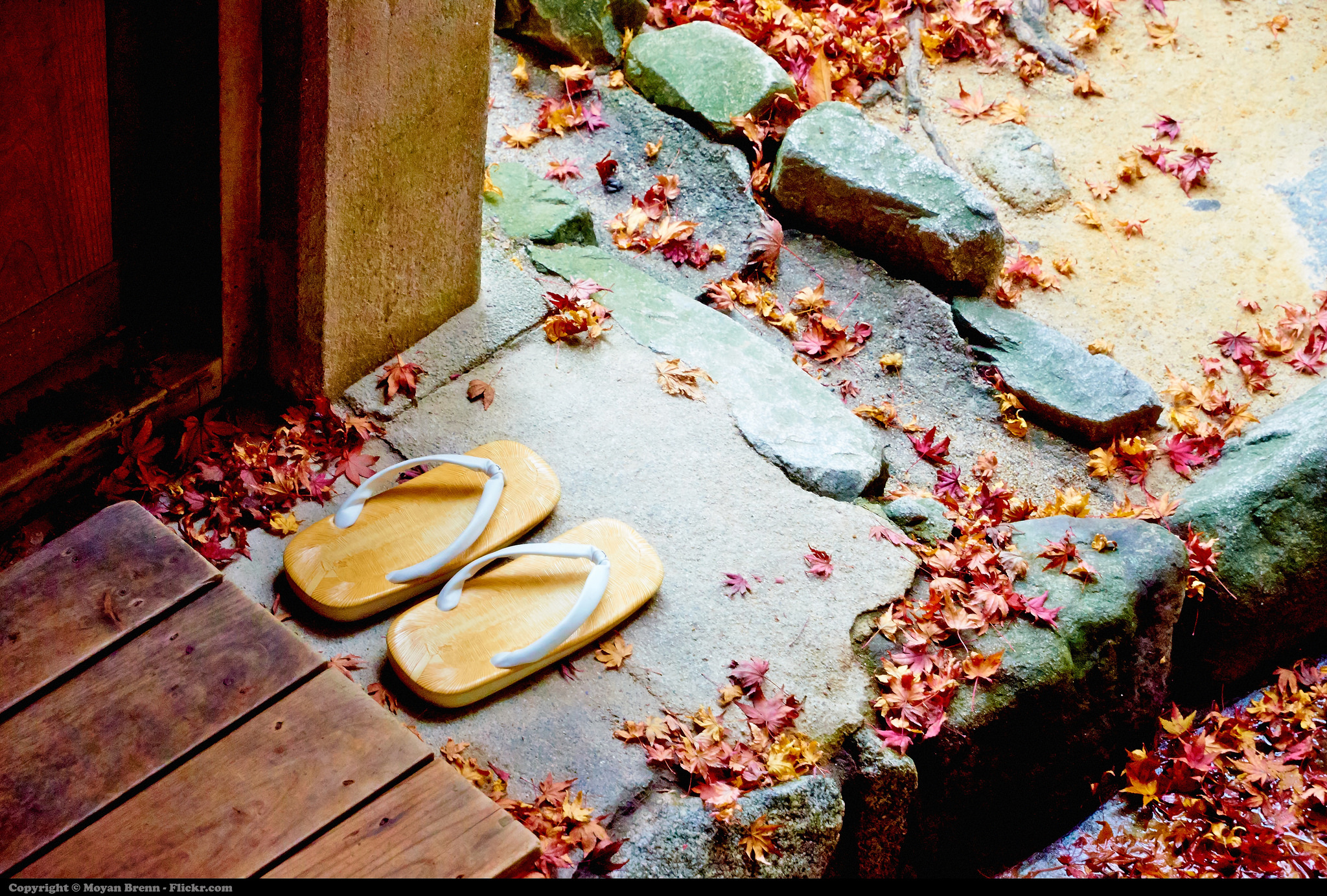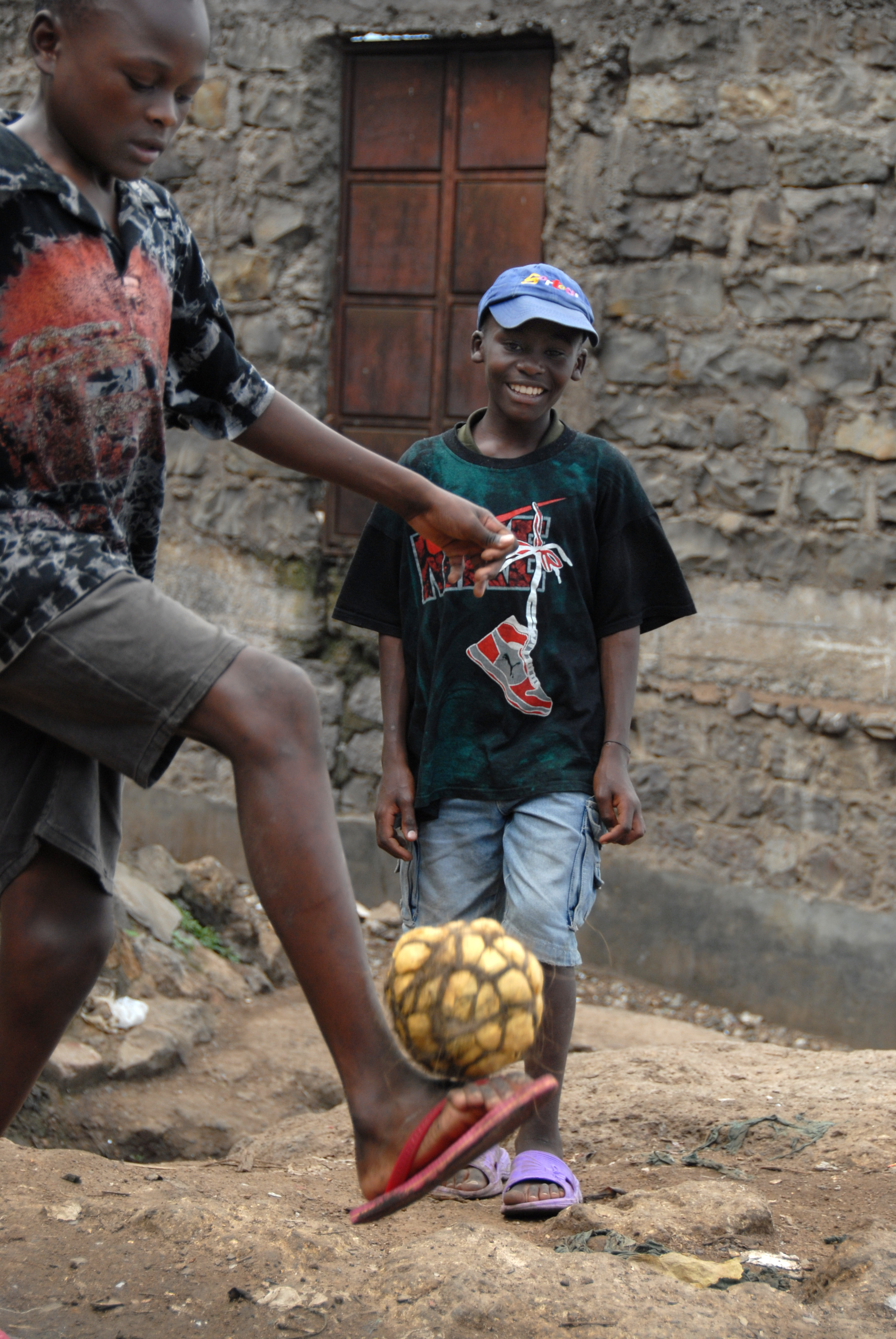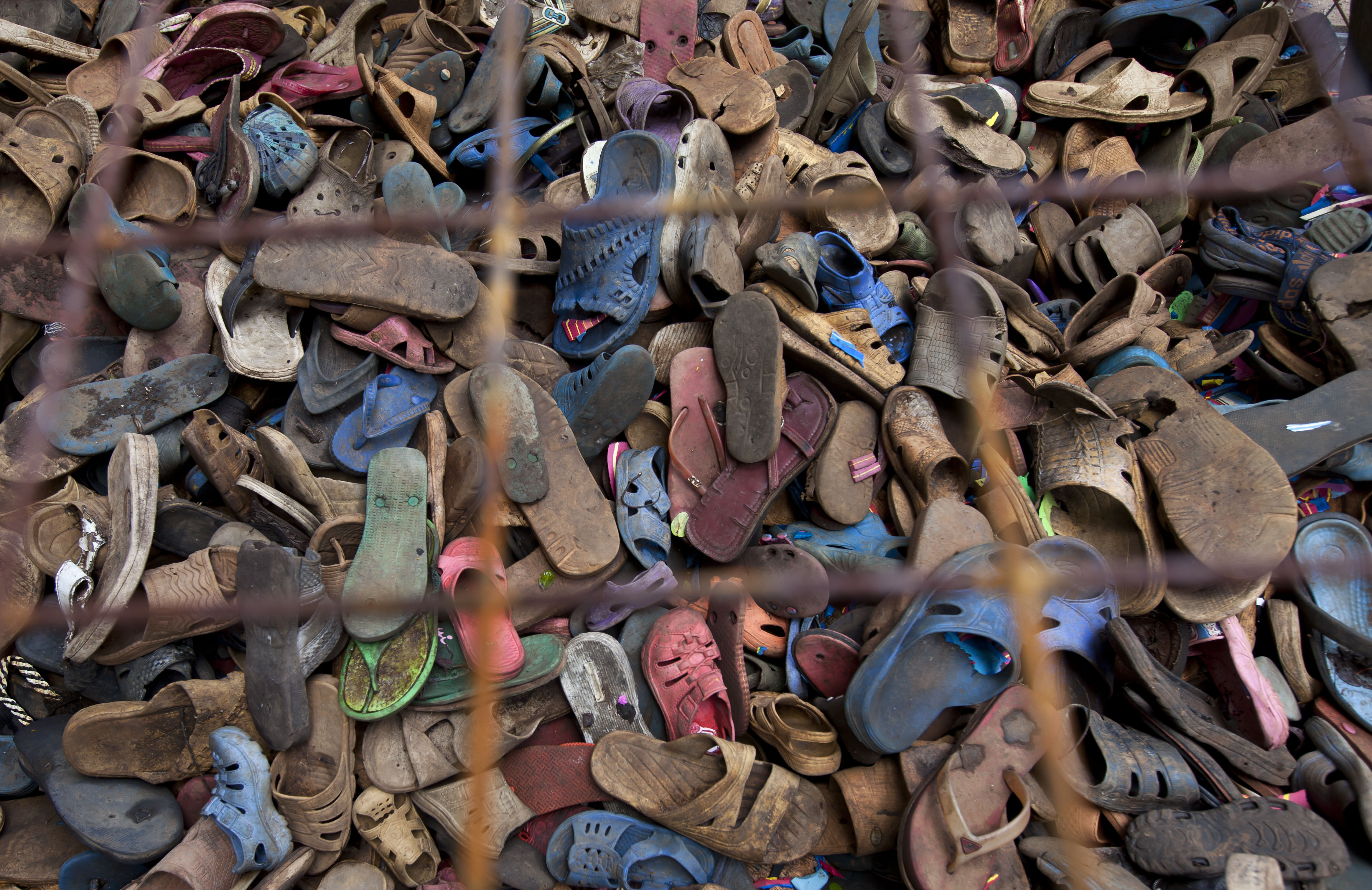The Major Problem With Flip Flops You Need to Know About
By:
Fip-Flops could be killing the planet.
How could this be? Haven't flip-flops have been around forever?
That's only partly true; humans have been wearing sandals for ages.
 Wikimedia Commons - wikimedia.org
Wikimedia Commons - wikimedia.org
But a modern variant — the flip-flop — didn't become popular until after World War II, when American soldiers returning from Japan brought traditional Japanese sandals called "zori" back with them.
 Flickr - flickr.com
Flickr - flickr.com
This cheap and durable design was adapted into the brightly-colored beach sandal now seen all over the world. And for many in the developing world, these cheap sandals are they only shoe they can afford.
 Associated Press - apimages.com
Associated Press - apimages.com
Now, discarded flip-flops made of synthetic rubber are causing havoc on beaches in East Africa when they wash up on the shore.
 Associated Press - apimages.com
Associated Press - apimages.com
Why is this happening?
According to CNN, residents in quickly growing developing nations throw hundreds of thousands of old flip flops into sewage systems, rivers, and other waterways. They drift onto Kenya's coast from all across Africa, and some come from as far away as China and Indonesia. They wash out to the ocean and are carried by currents onto the beaches of Kenya, fouling once-pristine lands and devastating fragile marine ecosystems.
Fish swallow either whole shoes or microscopic fibers of disintegrating shoes and die, or are killed by chemicals that leach out into the water. They also find themselves unable to lay eggs in the clogged waters, and other animals that lay eggs in the sand can't access the beaches to finish their reproductive cycle.
"[The pollution] started to kill the plant life, it started to kill the crabs on the sand ... we have deserted beaches that used to have communities there, that used to be able to fish, and the whole ecosystem has been ruined by this massive increase in marine pollution," Erin Smith, from the conservation group Ocean sole, told CNN.
While Ocean Sole recycles 400,000 washed-up flip-fops every year, hiring local residents to turn them into toys, Smith estimates that as many as 90 tons of flip flops wash up on Kenya's beaches every year.
And it's not just a problem in the developing world.
- Lightweight, disposal foam personal items like flip-flops make up the most abundant type of trash that washes up on the beaches of National Parks in Alaska.
- Hong Kong's beaches were suddenly hit by giant waves of trash last summer, including numerous flip-flops.
- Tourists in Thailand have complained about a "flip-flop-calypyse" taking over the country's beaches.
- Al-Jazeera America chronicled a beach in Hawaii that it deemed a "tsunami of trash," including nearly 1,000 flip flops.
- And over just one five-day period in 2012, nearly 4,700 pairs of discarded flip-flops were cleaned up from a beach in Queensland, Australia.
While groups like Ocean Sole are making a significant dent in the flip-flop problem in Kenya, it's clear that if this is going to be solved at a global level, the use of flip-flops has to be curtailed or made more sustainable.
CNN reports that German shoe giants Adidas are experimenting with biodegradable designs made of material that shoe owners can dissolve themselves. And the site Recycle Nation lists a number of sustainable and ethically produced flip-flop brands, though many are much too expensive for citizens in developing nations.
But until the three billion people who depend on flip-flops have more environmentally-friendly options available at a low cost, flip-flop pollution is likely to continue being a major challenge at beaches around the world.
